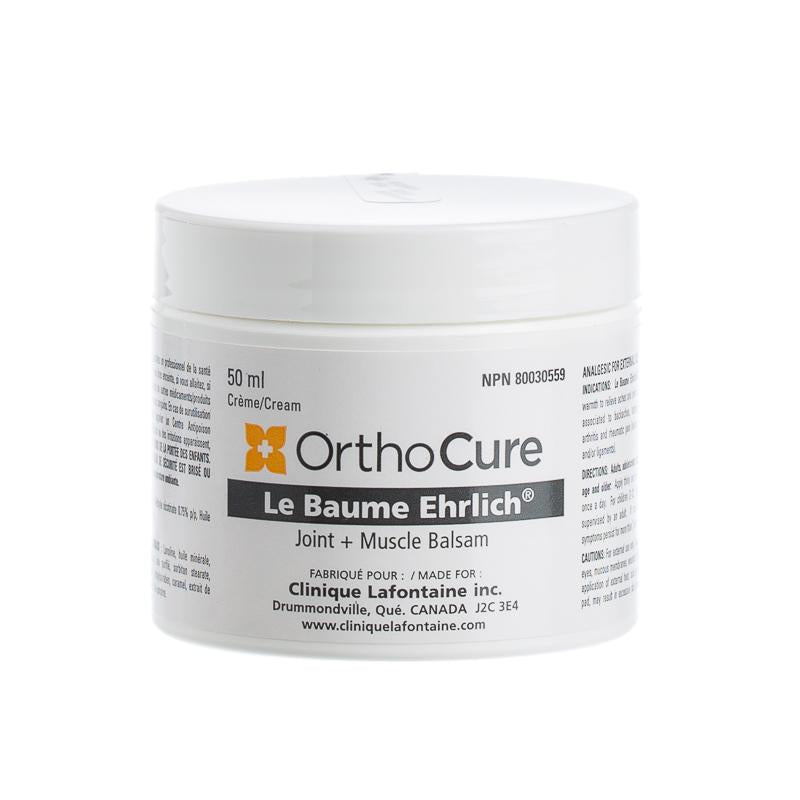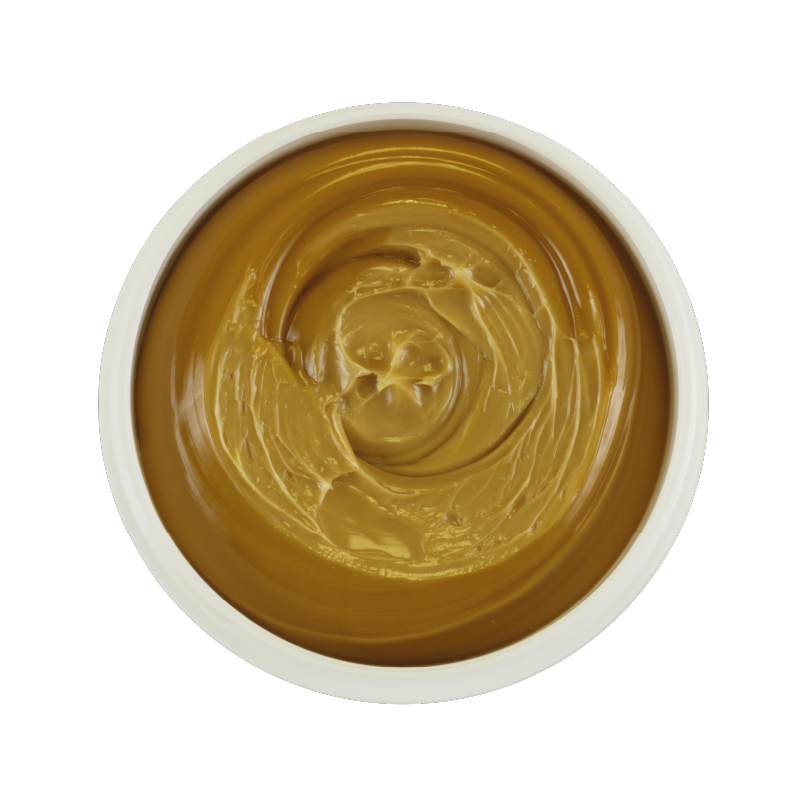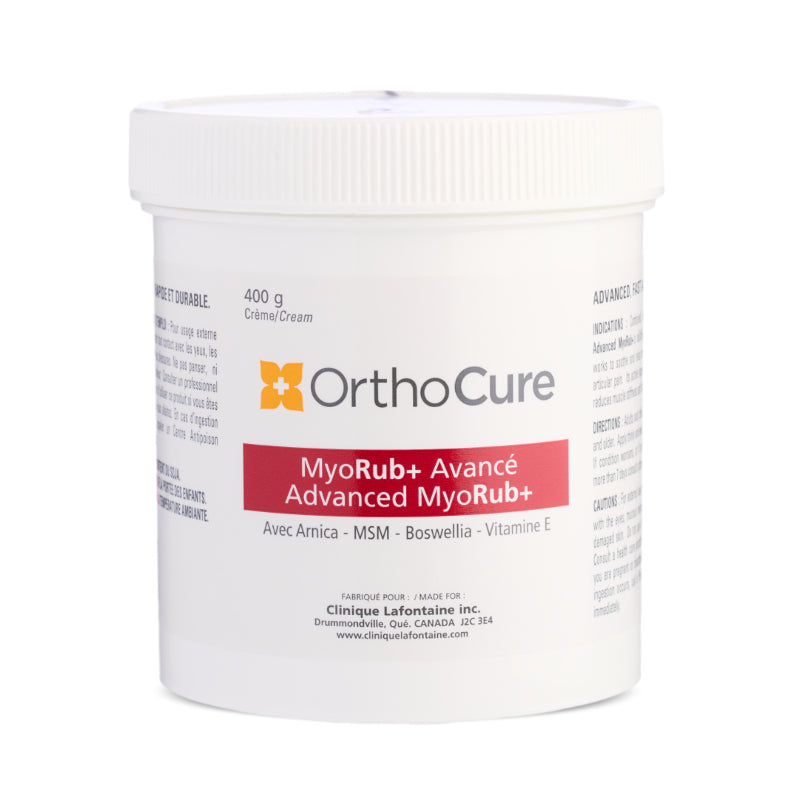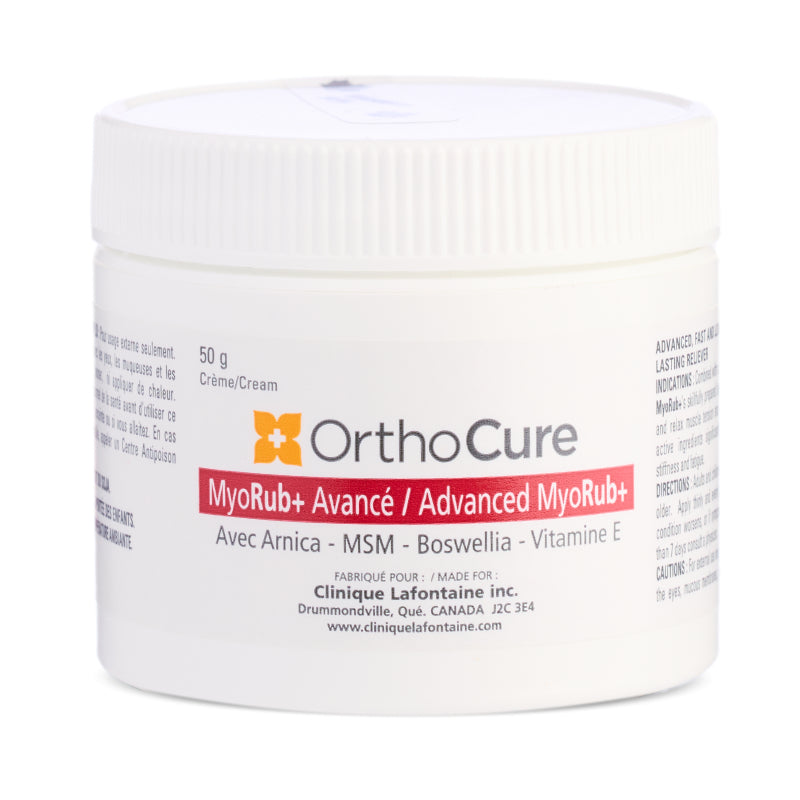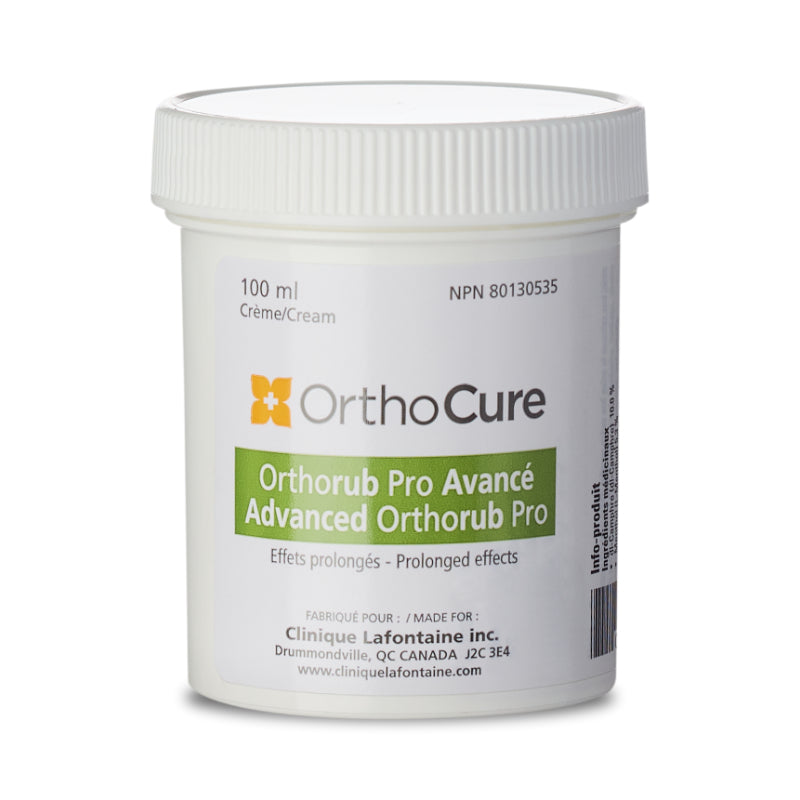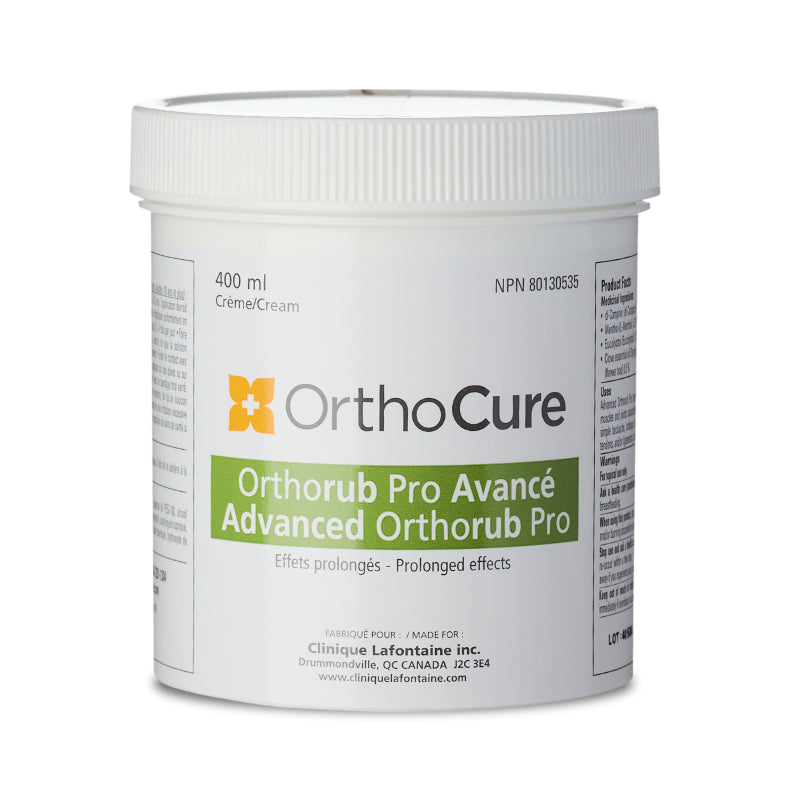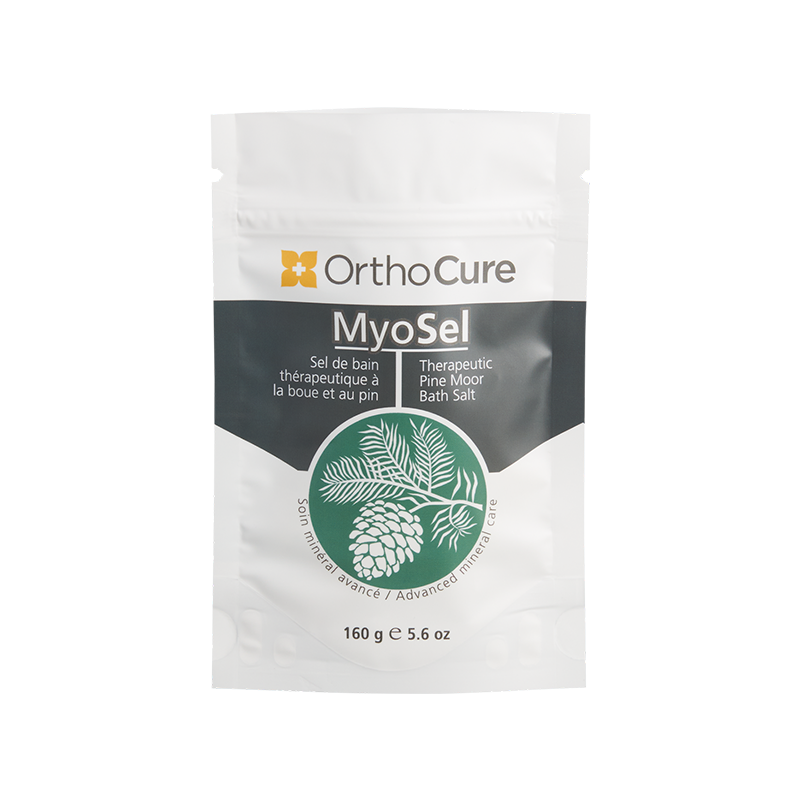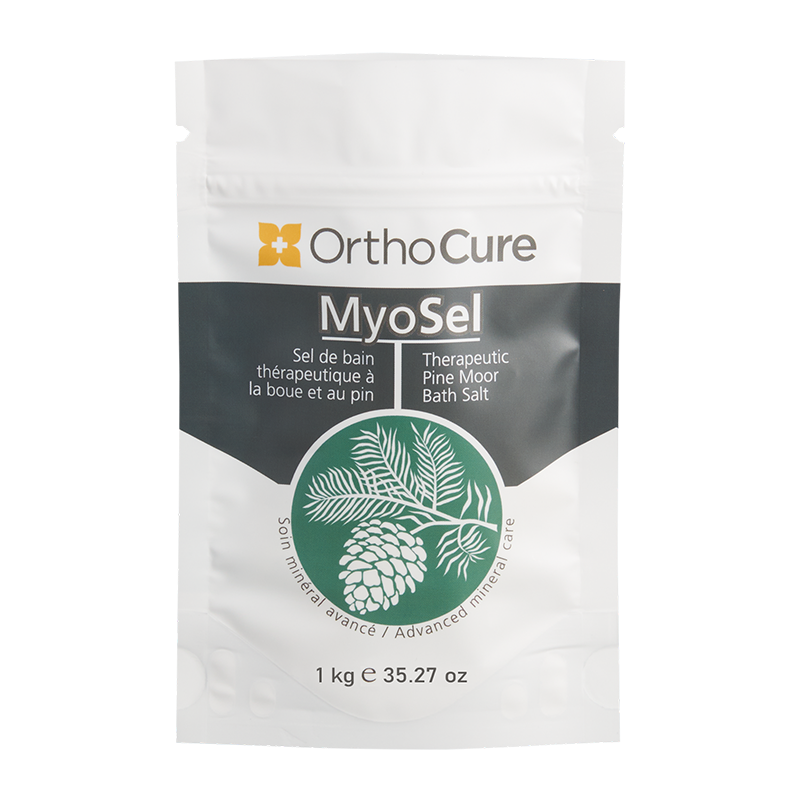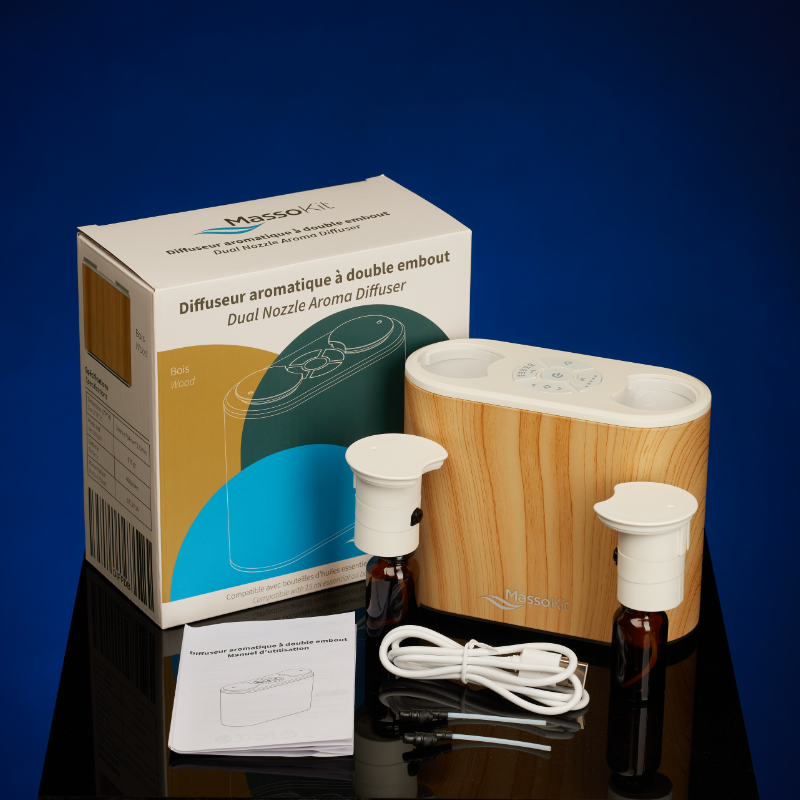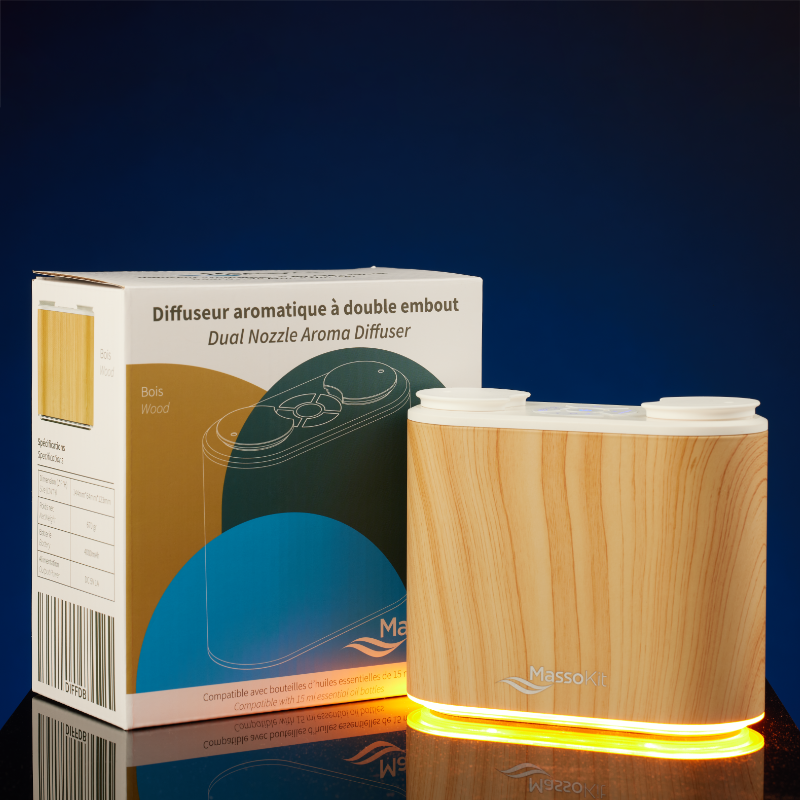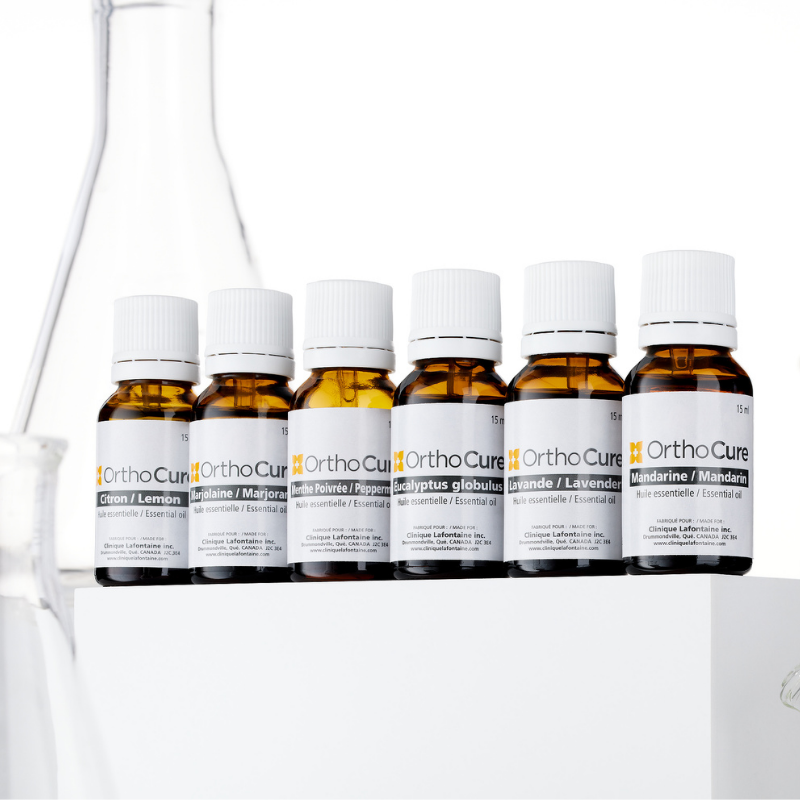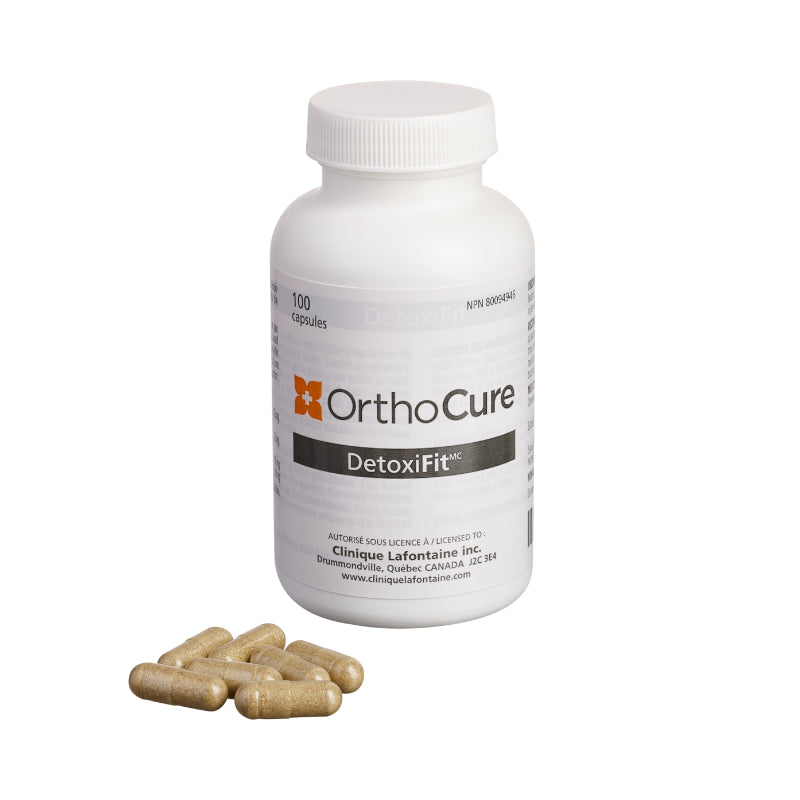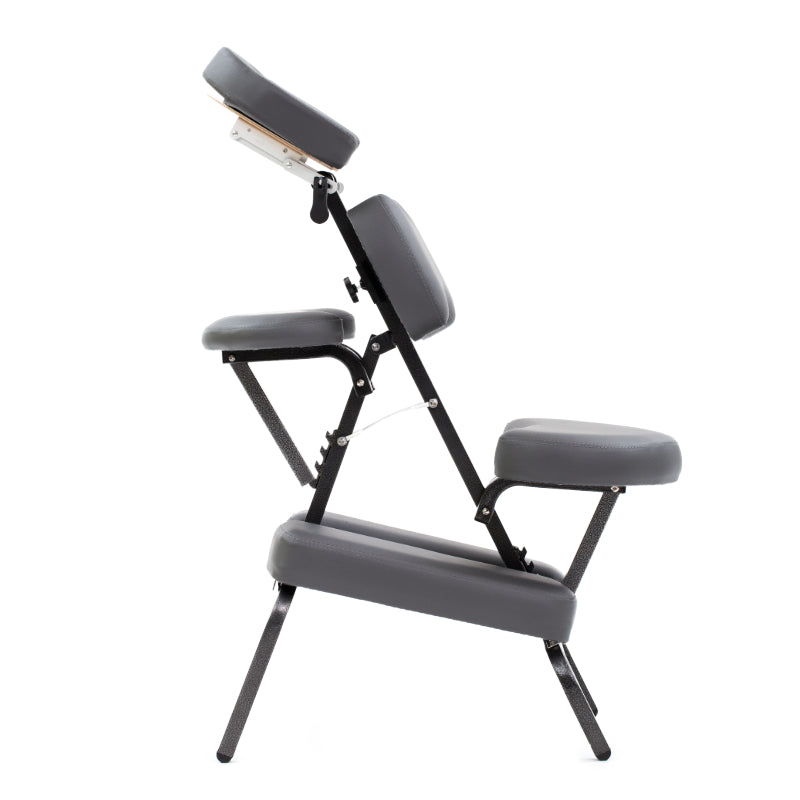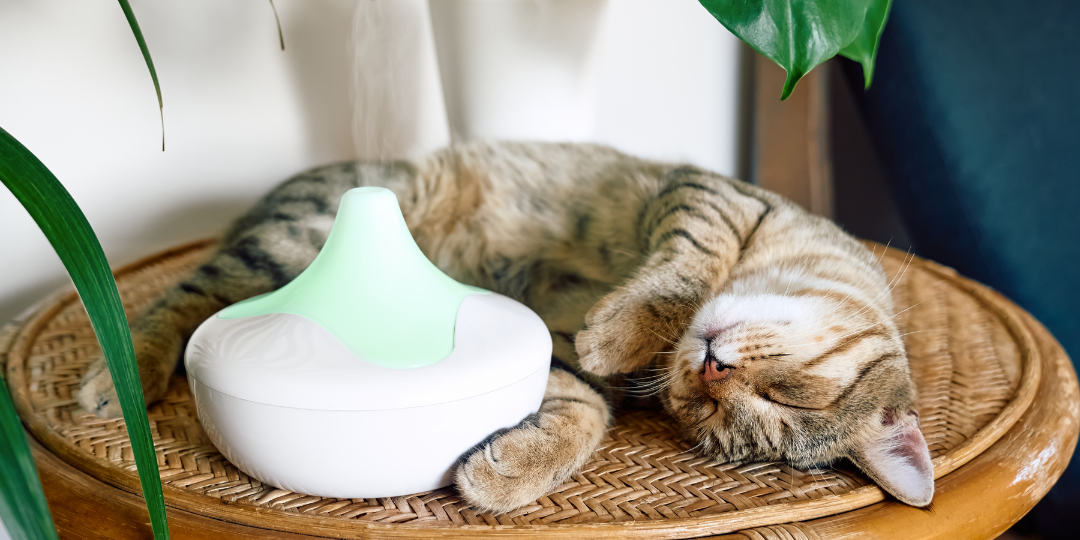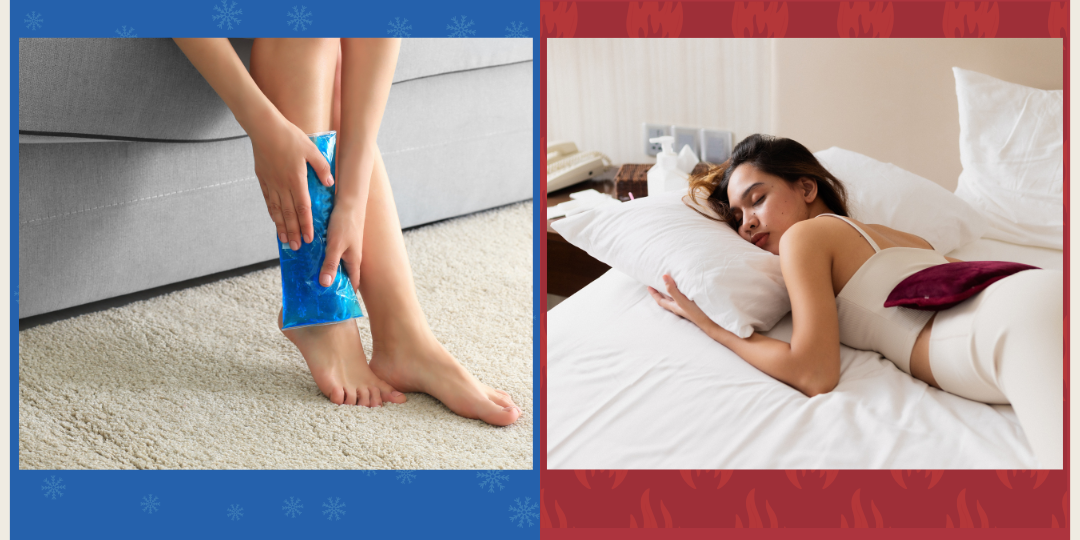The Orthocure essential oils range is expanding with the arrival of Ravintsara essential oil (Cinnamomum camphora L.). But maybe you’re saying to yourself: " I thought I already had" And you’re almost right!There are indeed two essential oils with very similar names: Ravintsara, our new arrival, and Ravensare. Although they are sometimes confused, these two oils come from different plants and each has distinct properties. seen this name on the website or in store at Clinique Lafontaine? Learn to discover Ravintsara essential oilHighly valued in aromatherapy, Ravintsara essential oil (
Cinnamomum camphora L.
) is a must-have in your family first aid kit. It is particularly effective for supporting the respiratory tract and strengthening the immune system, especially in cases of colds, ear infections, or sinusitis.
This oil stands out for its antiviral properties, its ability to stimulate mucous membranes and to thin secretions, thus promoting freer breathing. Rich in 1,8-cineole, it helps clear the respiratory tract and relieve discomfort related to seasonal infections.Obtained by steam distillation of the leaves of a camphor tree grown in Madagascar, Ravintsara essential oil ()Cinnamomum camphora L.
) takes its name from the Malagasy word Ravintsara, which means “good leaf.”
It is distinguished by its great effectiveness, especially when used in synergy with other essential oils, such as eucalyptus radiata (Eucalyptus radiata), eucalyptus globulus (
Eucalyptus globulusLaurus nobilis), and black spruce (Picea mariana), Bay Laurel (). Together, these essences mutually enhance their action, offering stronger natural support for the respiratory and immune systems.Main external uses of Ravintsara essential oilHelps fight pathogenic bacteria, viruses, and fungiStrengthens natural defenses (notably against herpes, flu, and gastroenteritis)
Facilitates expectoration and breathing in case of congestion
- Note:
- although suitable for most of the family, it is not recommended for pregnant or breastfeeding women, nor for children under 3 years old. However, it can be used from the 4th month of pregnancy in baths, diffusion, or inhalation, as well as in topical application, provided it is diluted to 5%.
- Ravensare: an oil with calming and anti-inflammatory virtues
Wondering how to easily differentiate these two essential oils with such similar names? The simplest way is to check their Latin name, which reveals their botanical origin.Indeed, although their names are close, Ravensare essential oil
(Ravensara aromatica)
comes from a different plant than Ravintsara
(Cinnamomum camphora L.), and their uses are not interchangeable.It remains a precious oil in aromatherapy, recognized for its anti-inflammatory, analgesic, antispasmodic, relaxing, antiseptic, and immune-stimulating properties.Main external uses of Ravensare essential oilHelps relieve inflammatory pain related to arthritis, osteoarthritis, and rheumatism
Promotes muscle relaxation and mental letting go
Contributes to the treatment of skin infections
- Supports the body in cases of bronchitis, flu, infections, or colds thanks to its immune-stimulating properties
- Note
- : Ravensare essential oil, although extracted from leaves of a Malagasy tree like Ravintsara, is not recommended for children under 6 years old.
- Even though Ravintsara and Ravensare have similar names and both come from Madagascar, their properties and uses differ significantly. Ravintsara is essential for supporting the immune system and respiratory tract, while Ravensare stands out for its calming and anti-inflammatory virtues.
Want to learn more?Visit our website to discover the benefits of our essential oils and choose the one that best suits your needs:
Ravintsara essential oil datasheet
Ravensare essential oil datasheet
Visit our website to discover the benefits of our essential oils and choose the one that best suits your needs:
